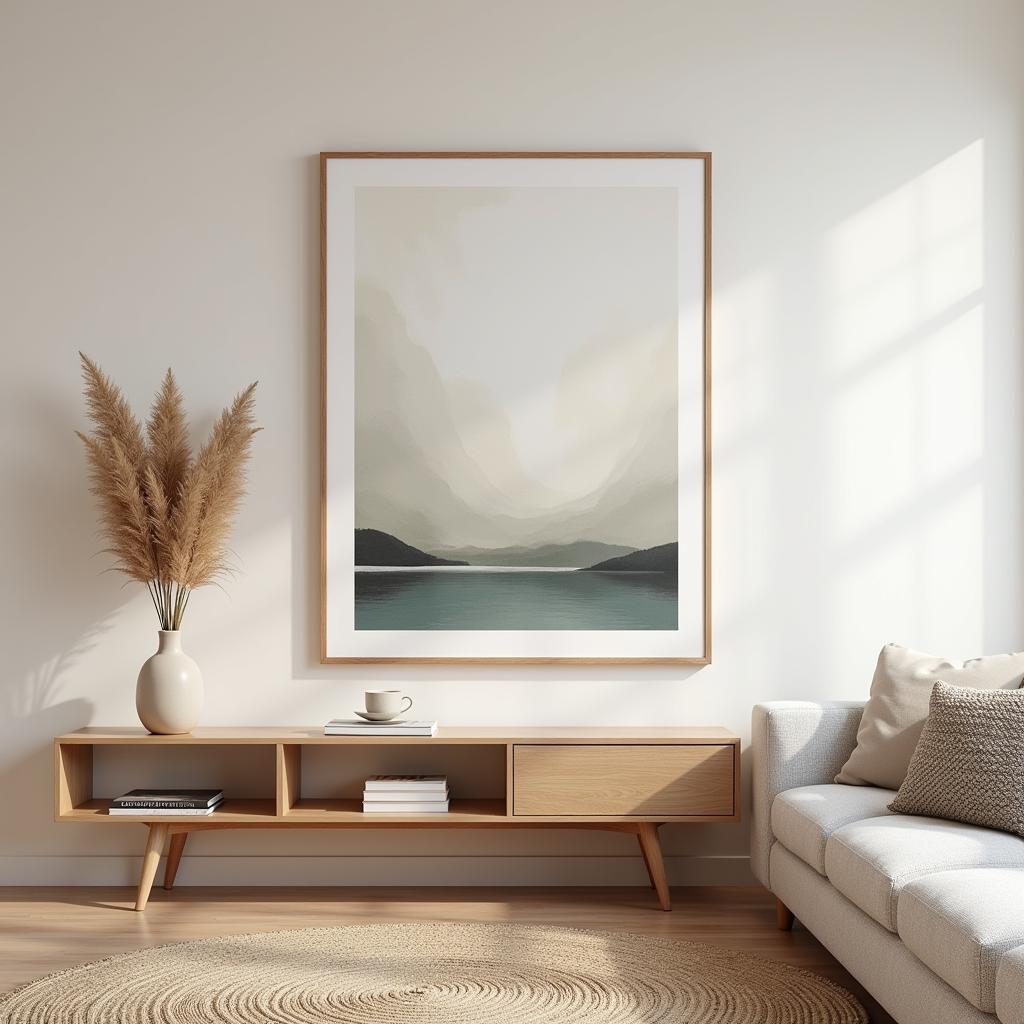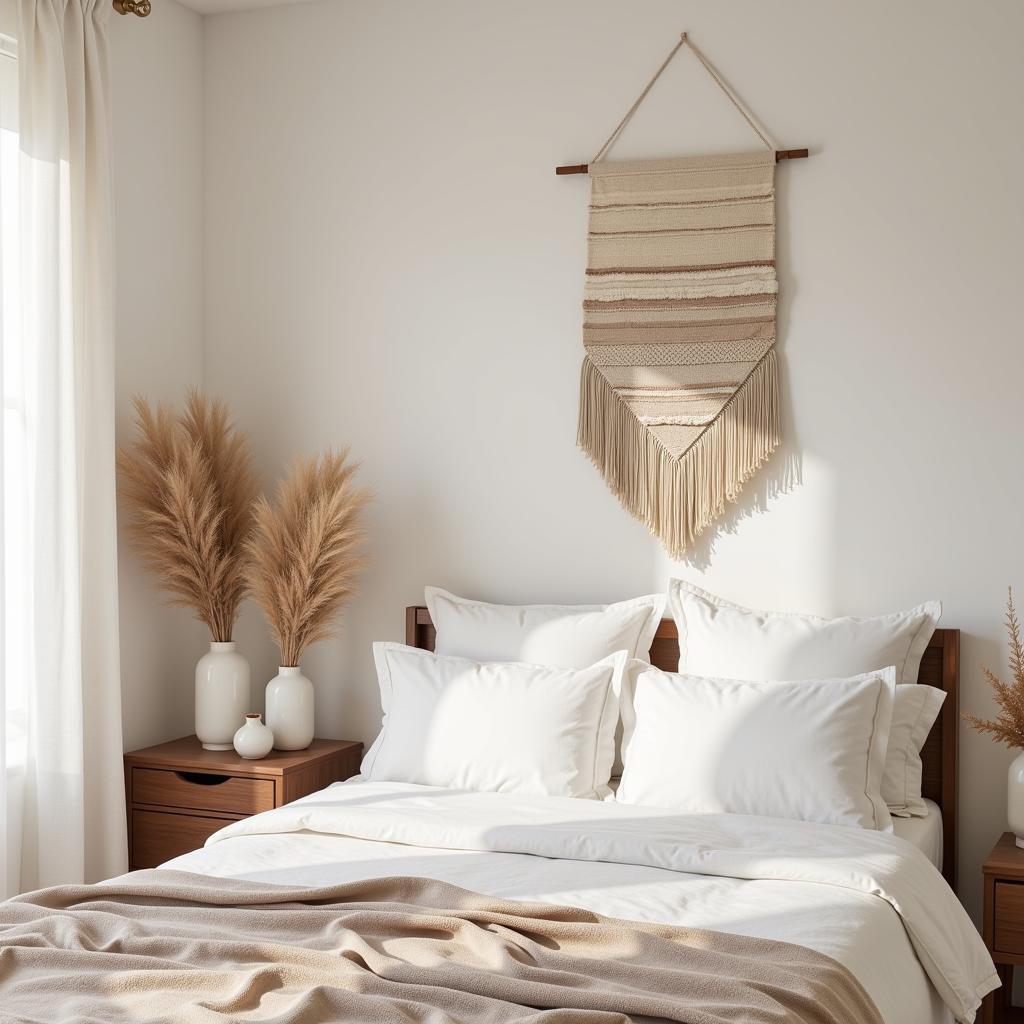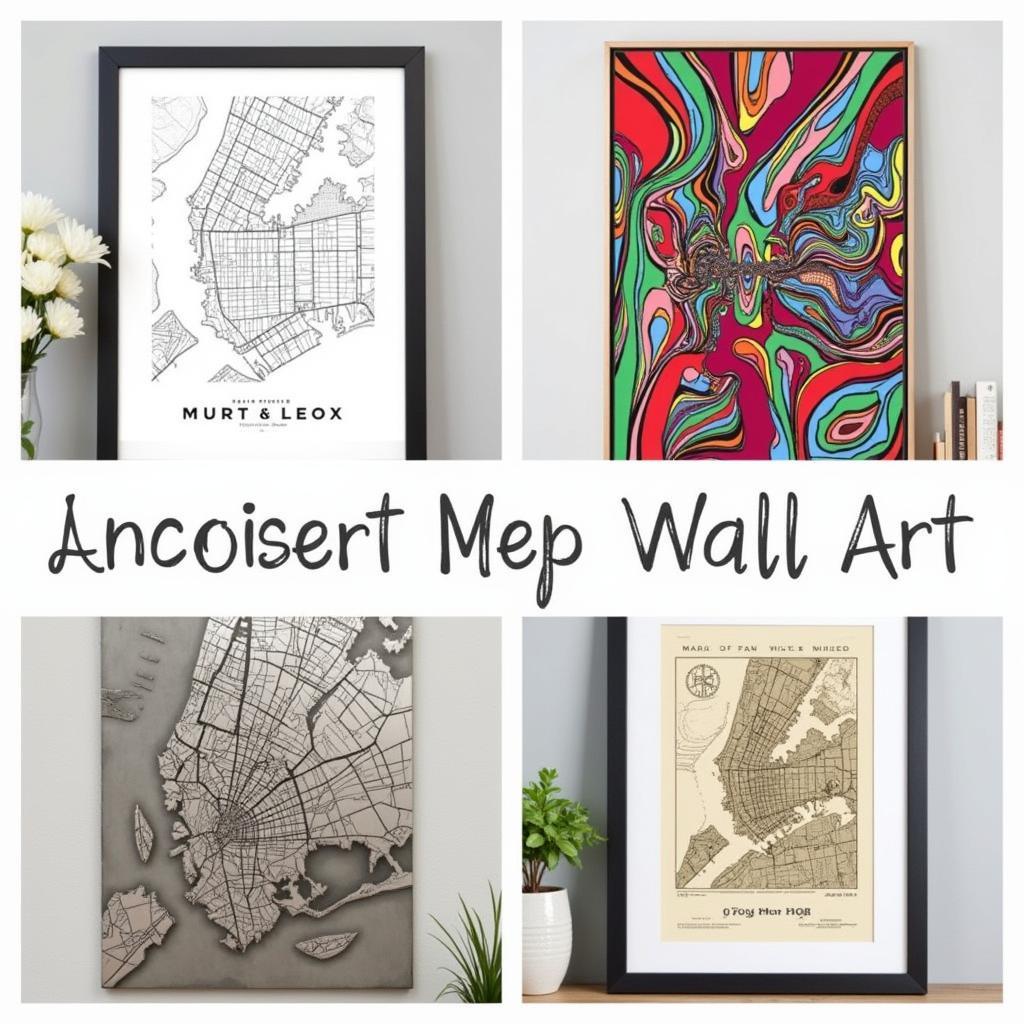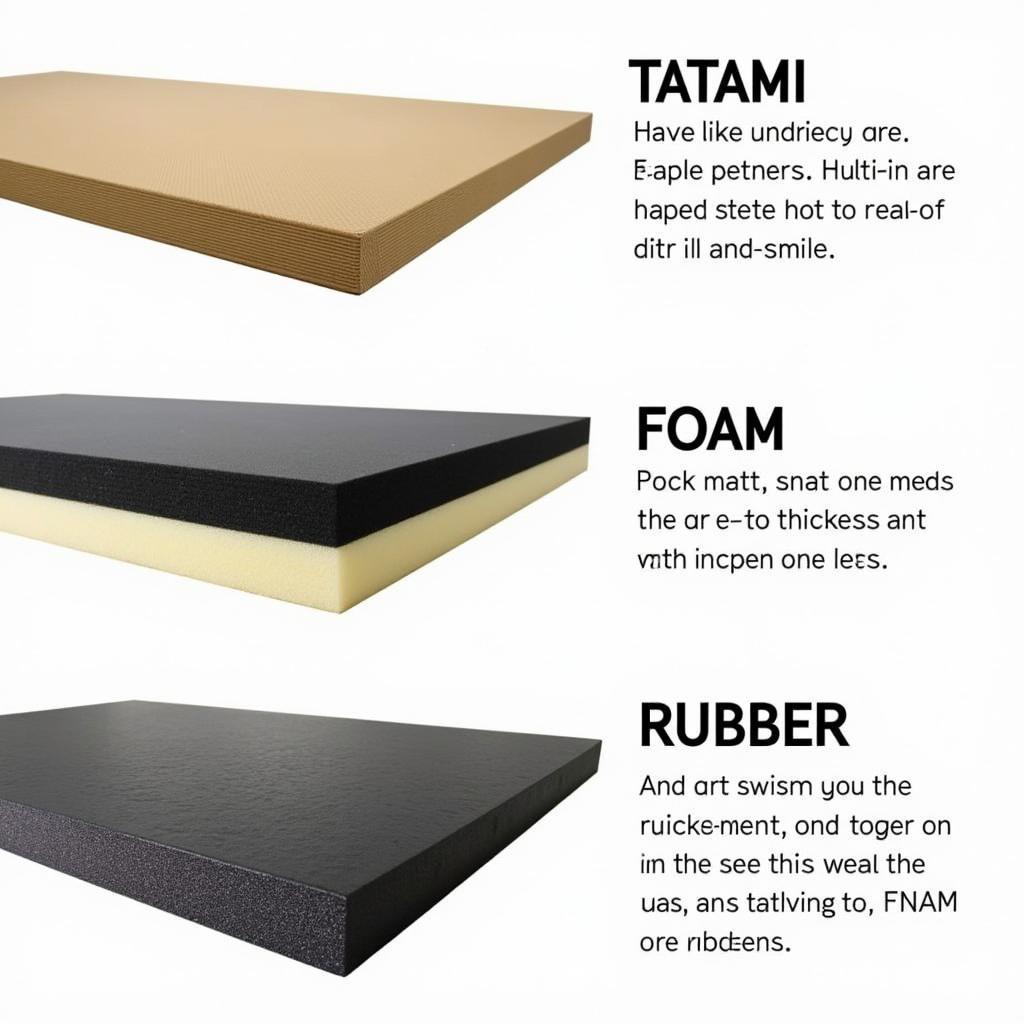Japandi Wall Art: Embracing Minimalist Elegance
Japandi Wall Art is the perfect way to infuse your space with a sense of tranquility and understated beauty. Blending the clean lines of Scandinavian design with the warmth and natural elements of Japanese aesthetics, this trend offers a unique approach to minimalist decor that’s both calming and captivating. This article will explore the captivating world of Japandi wall art, offering insights into its origins, key elements, and how to incorporate it into your home. After reading this, you’ll be ready to transform your walls into a haven of peace and sophistication.
The Essence of Japandi Wall Art
Japandi style isn’t merely a passing fad; it represents a lifestyle choice centered around simplicity, functionality, and appreciation for natural beauty. Japandi wall art reflects these values by focusing on clean lines, neutral color palettes, and organic textures. This approach allows each piece to stand out as a statement of understated elegance while also contributing to a cohesive and calming atmosphere. Imagine a space where every element is intentionally chosen, where clutter is banished, and where beauty emerges from the harmony of simplicity. That’s the power of Japandi design. The philosophy embraces wabi-sabi, the Japanese concept of finding beauty in imperfection, and hygge, the Scandinavian emphasis on coziness and comfort.
What distinguishes Japandi from purely scandi style art or Japanese art is its unique blend of contrasting yet complementary aesthetics. The coolness of Scandinavian minimalism is balanced by the warmth of Japanese craftsmanship, creating a style that is both serene and inviting. Think natural materials like wood and bamboo combined with muted tones of gray, beige, and black, accented by occasional pops of deep blue or green inspired by nature.
 Japandi wall art in a living room featuring a minimalist abstract painting with natural wood frame and a neutral color palette.
Japandi wall art in a living room featuring a minimalist abstract painting with natural wood frame and a neutral color palette.
Choosing the Right Japandi Wall Art
Selecting the right Japandi wall art involves considering several factors, including the existing decor, the size and layout of the room, and the desired mood. Are you aiming for a serene and meditative space or a more vibrant and energetic feel?
- Consider the space: Large-scale abstract pieces can be a focal point in a living room, while smaller, more intricate pieces might be better suited for a bedroom or hallway.
- Embrace natural materials: Look for artwork featuring natural materials such as wood, bamboo, or paper. These materials add texture and warmth, enhancing the Japandi aesthetic.
- Think about color: Neutral colors are a staple of Japandi design. Think shades of white, gray, beige, and black. These colors create a calming and serene backdrop, allowing the artwork to stand out. Don’t be afraid to incorporate a splash of color inspired by nature, such as a deep blue or forest green.
Remember, Japandi is about creating a space that feels both stylish and lived-in. Choose pieces that speak to you and evoke a sense of peace and tranquility.
Incorporating Japandi Wall Art into Your Home
Now that you understand the core principles of Japandi, how do you actually incorporate it into your own home? Here’s a step-by-step guide:
- Start with a clean slate: Declutter your walls and remove any existing artwork that clashes with the Japandi aesthetic.
- Choose a focal point: Select a key piece of Japandi wall art to serve as the anchor of your design. This could be a large painting, a tapestry, or a grouping of smaller pieces.
- Create balance: Arrange your wall art in a way that creates visual balance and harmony. Consider using asymmetry and negative space to enhance the minimalist aesthetic.
- Complement with other decor: Enhance the Japandi feel by incorporating other elements such as bamboo framed art or minimalist textured wall art. Think natural materials, simple lines, and neutral colors.
- Personalize your space: Add personal touches that reflect your individual style and create a space that feels truly yours. This could be a small collection of ceramic vases, a woven rug, or a few carefully chosen plants.
 Japandi style bedroom featuring minimalist wall art with a calming color palette and natural textures.
Japandi style bedroom featuring minimalist wall art with a calming color palette and natural textures.
What is the core philosophy of Japandi design?
Japandi design emphasizes simplicity, functionality, and the beauty of imperfection.
How can I incorporate natural elements into Japandi wall art?
Look for pieces incorporating materials like wood, bamboo, or paper, or depicting natural scenes.
What colors are typically used in Japandi wall art?
Neutral tones such as white, gray, beige, and black dominate, with occasional accents of blues or greens.
Conclusion
Japandi wall art offers a powerful way to create a space that feels both stylish and serene. By blending the best of Scandinavian and Japanese aesthetics, you can transform your walls into a reflection of your appreciation for minimalist elegance and natural beauty. Explore the world of art japandi and discover the transformative power it can have on your home.
FAQs
- What is the difference between Japandi and Scandinavian design? While both emphasize minimalism, Japandi incorporates Japanese warmth and craftsmanship, contrasting with Scandinavian coolness.
- What kind of frames work best with Japandi wall art? Natural wood or bamboo frames complement the aesthetic perfectly.
- Where can I find Japandi wall art? Online marketplaces, art galleries, and home decor stores often feature Japandi-inspired pieces.
- Can I mix Japandi wall art with other styles? While it’s best to maintain a cohesive theme, carefully chosen pieces from complementary styles can be incorporated.
- What is the price range for Japandi wall art? Prices vary widely depending on the artist, size, and materials used.
 A gallery wall featuring a curated collection of Japandi wall art including minimalist prints, botanical illustrations, and textured wall hangings
A gallery wall featuring a curated collection of Japandi wall art including minimalist prints, botanical illustrations, and textured wall hangings
Do you have other questions related to art?
Check out our articles about Soho street art for a different aesthetic.
Need Help?
Contact us Phone Number: 02462573573, Email: danteum@gmail.com or visit Savico Megamall, 7-9 Đ. Nguyễn Văn Linh, Gia Thụy, Long Biên, Hà Nội 10000, Việt Nam. We have a 24/7 customer support team.



